When your baby becomes mobile, you realize everything in your house is a hazard. It’s tempting to wrap them in bubble wrap, because how else will you possibly keep them safe?
Wait, bubble wrap is a hazard, too? Crap.
There is obviously no need to cushion every corner to prevent every bump or bruise, but it’s a good idea to start with the dangers that could cause fatal or severe injuries. Here’s a list of baby proofing things you could consider along with some products to help you out.
Jump to each section:
• Living Space
• Stairs and Falls
• Toxins
• Kitchen
• Bathroom
• Out of Reach
• Restrict Access
• Baby Proofing While Renting
• Miscellaneous
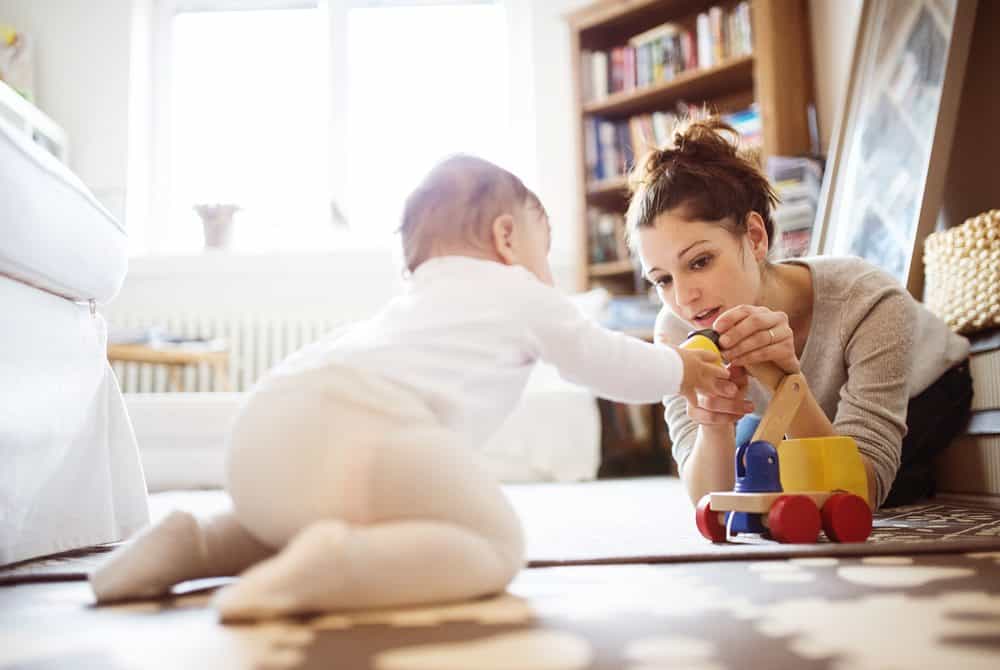
Living Space
1. Anchor furniture to the wall using L brackets or safety straps
This is something that most people have heard of, but because it takes time and energy to do, it often gets overlooked as something to do “later.” During the week between me realizing I needed to anchor my desk and my planned time to take care of it, my toddler son pulled the whole thing over. Luckily, it landed on the chair, instead of him.
Children get curious about all the fun, tantalizing, off-limits objects on top of dressers and cabinets. Then they pull out the drawers to use as steps or climb shelves, which makes the furniture top-heavy. My sister once pulled her entire dresser over on herself. Climbing furniture is an “it only takes one time” sort of thing.
Make sure to look around the house with an eye on what could hurt a toddler, not what would hurt you. Changing tables, dressers, and stand-alone cabinets are good places to start.
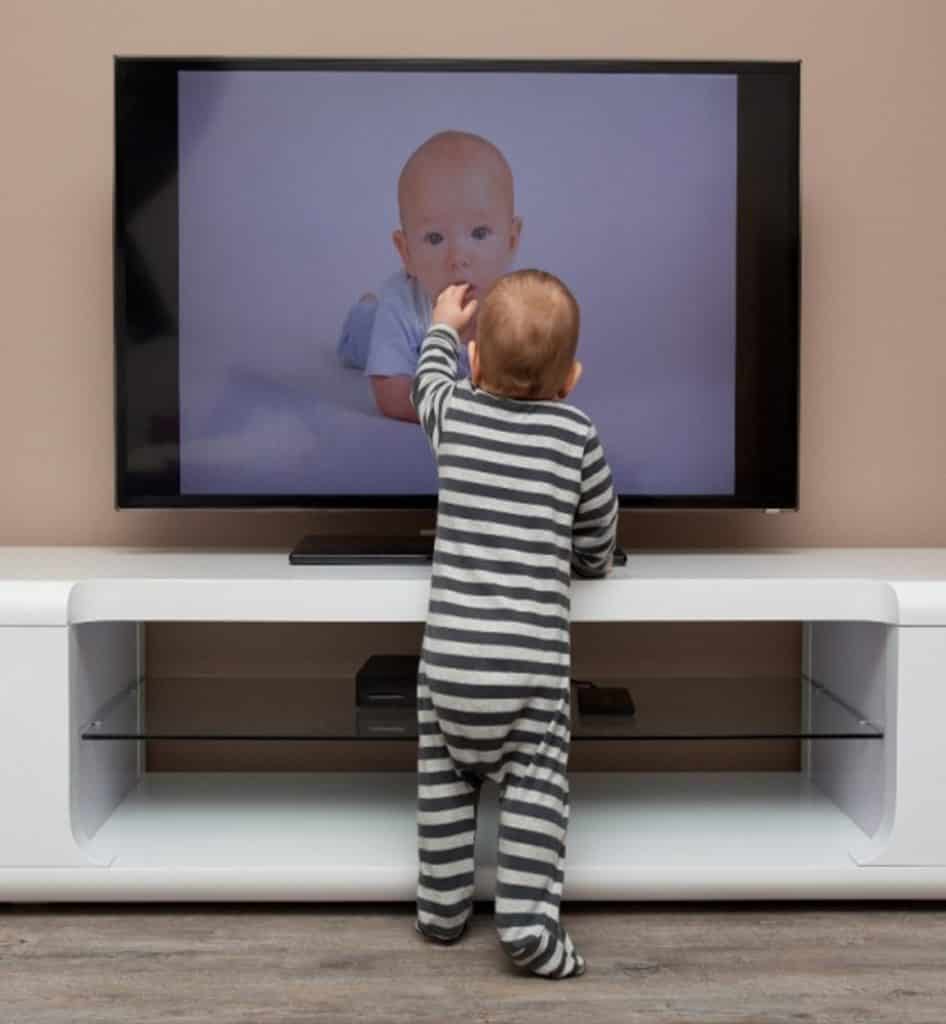
2. Hang your TV on the wall, or strap it to the entertainment center
TVs, especially flat-screen TVs, pose a huge threat. According to SafeKids Worldwide, “Every 3 weeks a child dies from a television tipping over. Over the past 10 years, a child visited the emergency room every 45 minutes because of a TV tipping over.”
You can use the same straps you used on the furniture, or check out Parent Units 2 Pack Equipment Safety Straps to anchor the TV to the entertainment center.
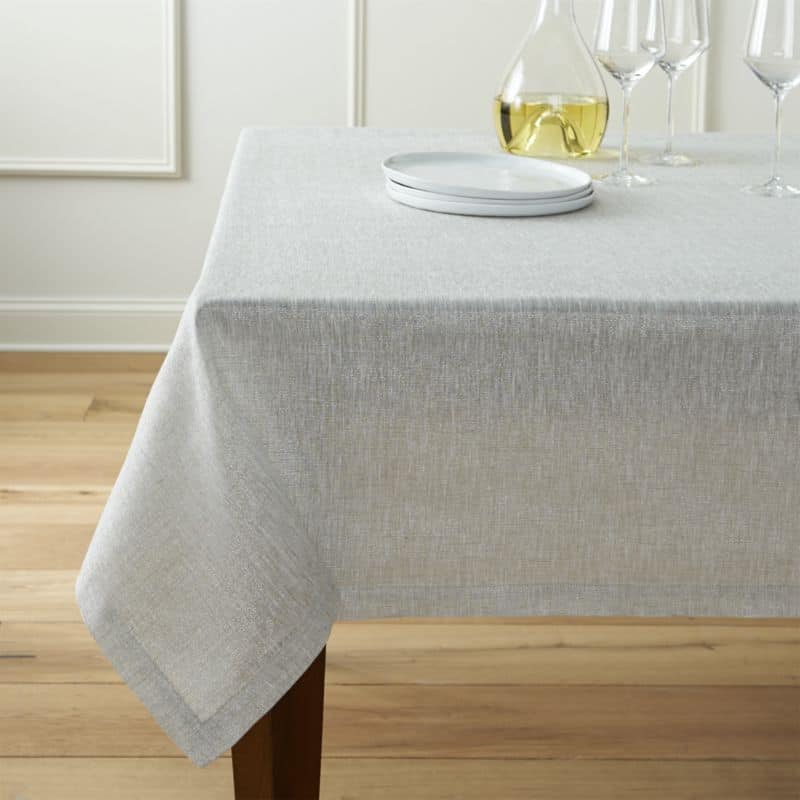
3. Skip tablecloths
A baby learning to pull up has no idea that using the tablecloth will result in everything on the table landing on his head. This could include hot foods and drinks, knives, etc.
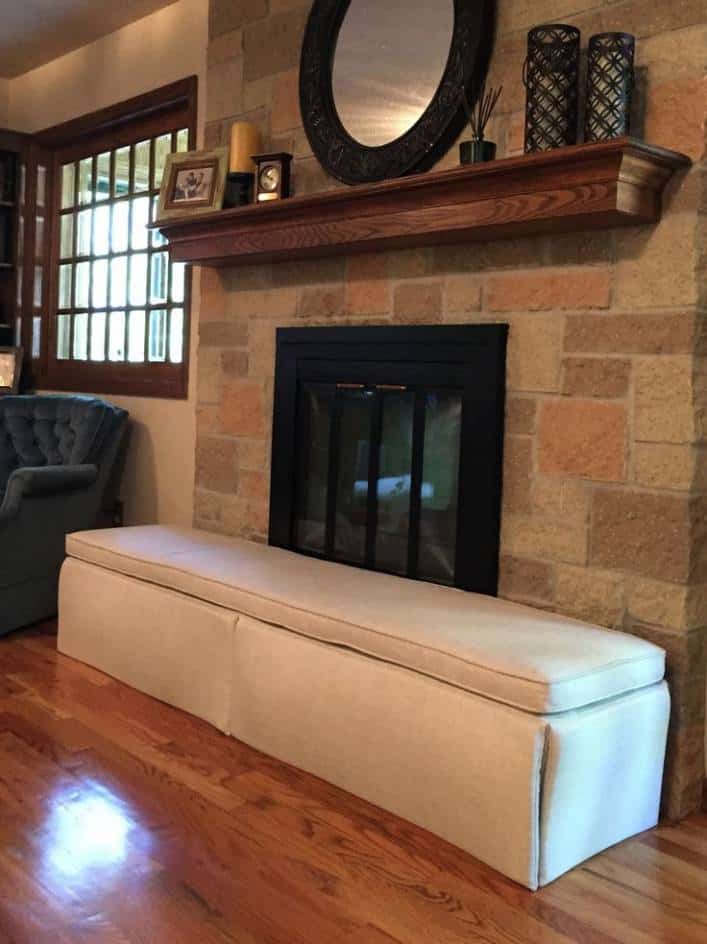
4. Baby Proofing Your Fireplace
For fireplaces and wood stoves, you will ideally want a gate that attaches to the wall on either side.
I also came across this brilliant DIY padding that someone did around their fireplace ledge. If you don’t plan on using the fireplace until you’ve reached the “know better” years, it might be a great option.
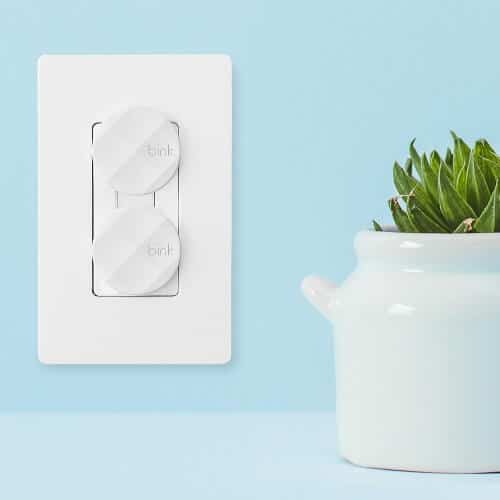
5. Outlets
- For outlets that are always in use, there are products available that can fit over the plugs and surge protectors, such as this Twin Door Outlet Box and this Safety 1st Power Strip Cover.
- If you have an outlet that gets used and removed frequently they make these Safety Baby Self-Closing Outlet Covers.
- The folks at Bink also make really nice outlet covers if you need to put them in a place where pretty counts.
Extra Notes:
- If you have a long room or large hearth to gate off, two options are the Regalo 192″ Superwide Gate or the Summer Infant Walk-Through Custom Baby Gate.
- Sometimes it’s easier to contain the baby instead of containing the room. These playards can be moved indoors and outdoors and may save you some sanity.
- If your baby is too stealthy for doorknob covers, consider latches high on the door, or door alarms. There’s even a clever gadget called the Toddler Monitor that can easily hang on a door knob. “Not today Houdini!”
- Coffee tables may not be deadly but they are responsible for a lot of painful head bonks and mouth smashes because they are so prominent. Consider swapping yours out for a soft ottoman or using discrete bumpers to minimize the tears and goose eggs. I once fell into a coffee table and bit all the way through my lower lip.
- These door guards are an easy, inexpensive way to save little fingers from getting pinched in doors.
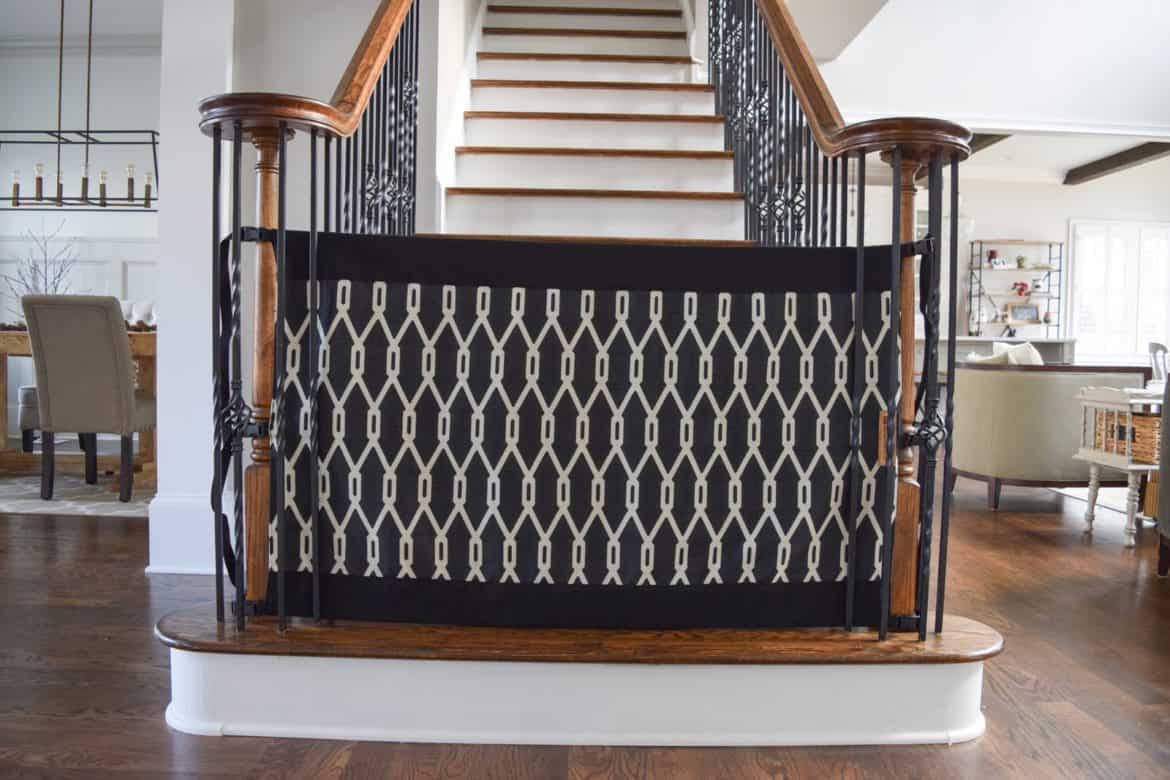
Stairs & Falls
1. Use gates at the top and bottom of stairs
According to the CDC, “Falls are the leading cause of non-fatal injuries for all children ages 0 to 19. Every day, approximately 8,000 children are treated in U.S. emergency rooms for fall-related injuries.”
Not all baby gates are appropriate for the top of stairs – a poorly installed pressure mounted gate can easily pop out if a child or pet leans on them. For the top of the stair, you’ll want a hardware mounted baby gate that is attached securely to the wall and a gate with no threshold to act as a tripping hazard. (Not today, Satan.)
Start teaching children to navigate stairs early, under supervision. Crawling down backward or scooting on their butts are two ways for toddlers to get down a set of stairs with minimal risk.
Extra notes
- The Stair Barrier is great for banisters or oddly shaped stairs at the bottom.
- If you have wonky banisters or you don’t want to drill into the wood, there are these handy adapters that work well.
- For staircases with banisters on both sides, you can use this Summer Infant Banister to Banister Gate Mounting Kit (see also the rental section below).
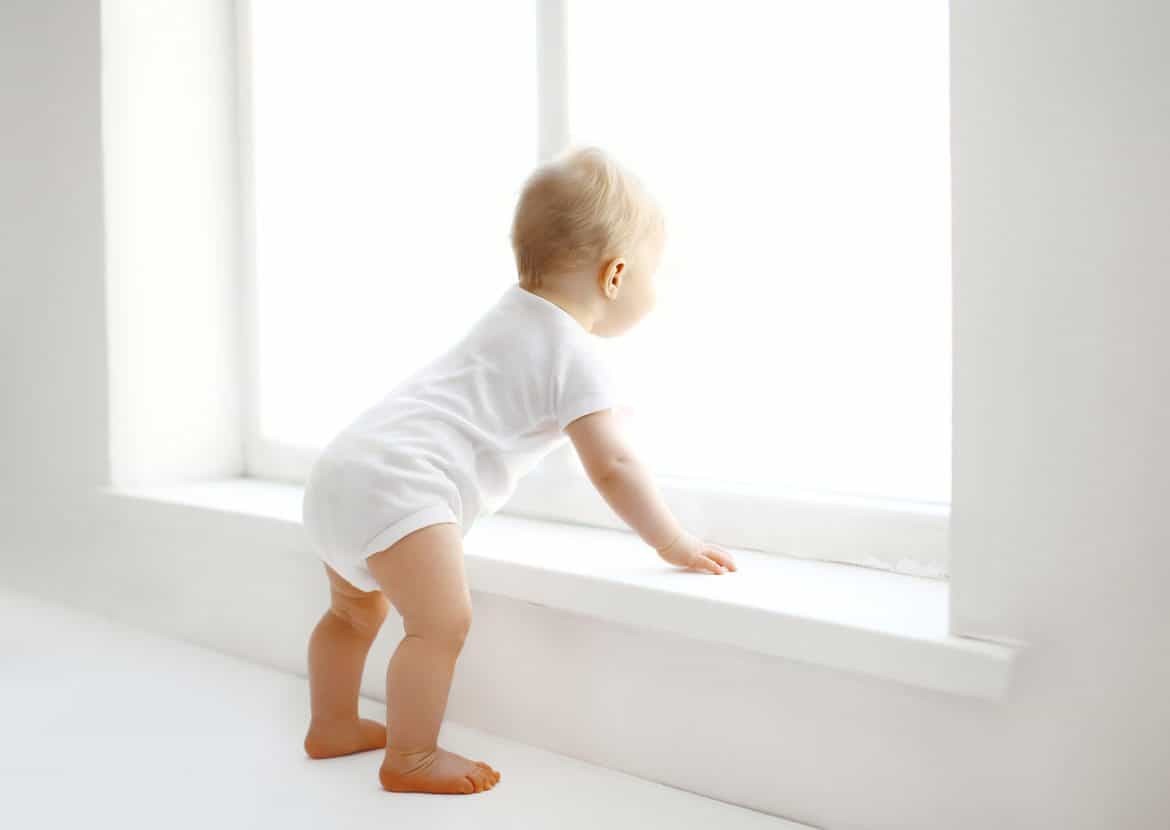
2. Windows
Window screens are not meant to withstand the weight of someone pushing on them. A curious baby or toddler can fall when they lean against an unsecured screen.
You can install window guards that will keep them from opening above a set limit, or you can get guards that prevent a child from pushing through the screen. For upper-level windows, make sure an adult can remove them quickly in case of fire.
- Cresci Products Window Wedge will let you limit how far the window opens.
- This Hinged Window Guard is egress compliant.
- Keep blind cords out of reach. Blink makes really pretty ones.
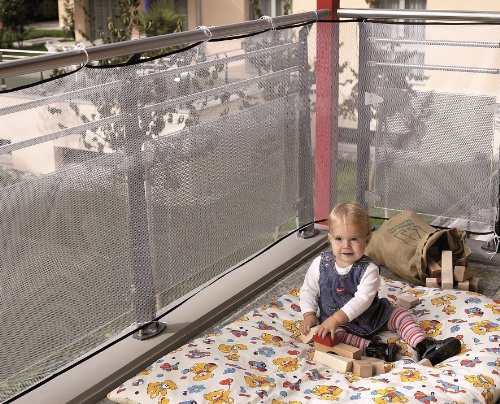
3. Balconies and second-story porches/decks
Building codes generally say that railings on decks and stairs should be no more than 4″ apart. Unfortunately, anything over 3-3.5″ still leaves enough room to post a hazard for very small children, either through falls or head entrapment. A mesh barrier is a fast way to prevent issues. If you have horizontal railings, you will likely want to install some sort of plexiglass or wood over the rails, to prevent climbing. Also keep tables and chairs away from the railings.
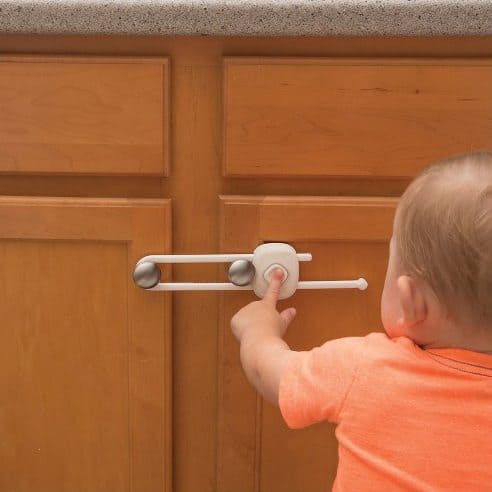
Toxins
1. Install a child lock on any cabinets containing cleaning products or other chemicals
This includes laundry and dishwashing packets, alcohol, and general cleaners. Alternatively, store them in a high cabinet, and use the under-the-sink space for plastic food storage. You never know, your toddler may do a better job keeping that organized than you. U Shaped Baby Safety Locks are my favorites. I also love the Outsmart line from Safety 1st that has decoy buttons for clever little kiddos who try to figure this stuff out.

2. Keep medications out of reach
Keep medications up high and locked, or in a locked box (consider one with a combination if you are prone to losing keys!). It is actually not recommended to store them in the humidity of the bathroom, so a locked pantry or linen closet can work. This should include vitamins too.
According to SafeKids, “In 2013, over 59,000 children were seen in emergency rooms for medicine poisoning. That’s one child every nine minutes.”
Also, consider the other ways children can access medication. Many accidental poisonings occur when kids get into your purse, a visitor’s purse or toiletry bag, or a nightstand. Consider having guests leave their bags on a coat rack, and storing yours similarly.
If you purchase a lock box, consider one with a combination and make sure it is tall enough for bottles of liquid medicine. Check out the Vaultz Locking Storage Box.
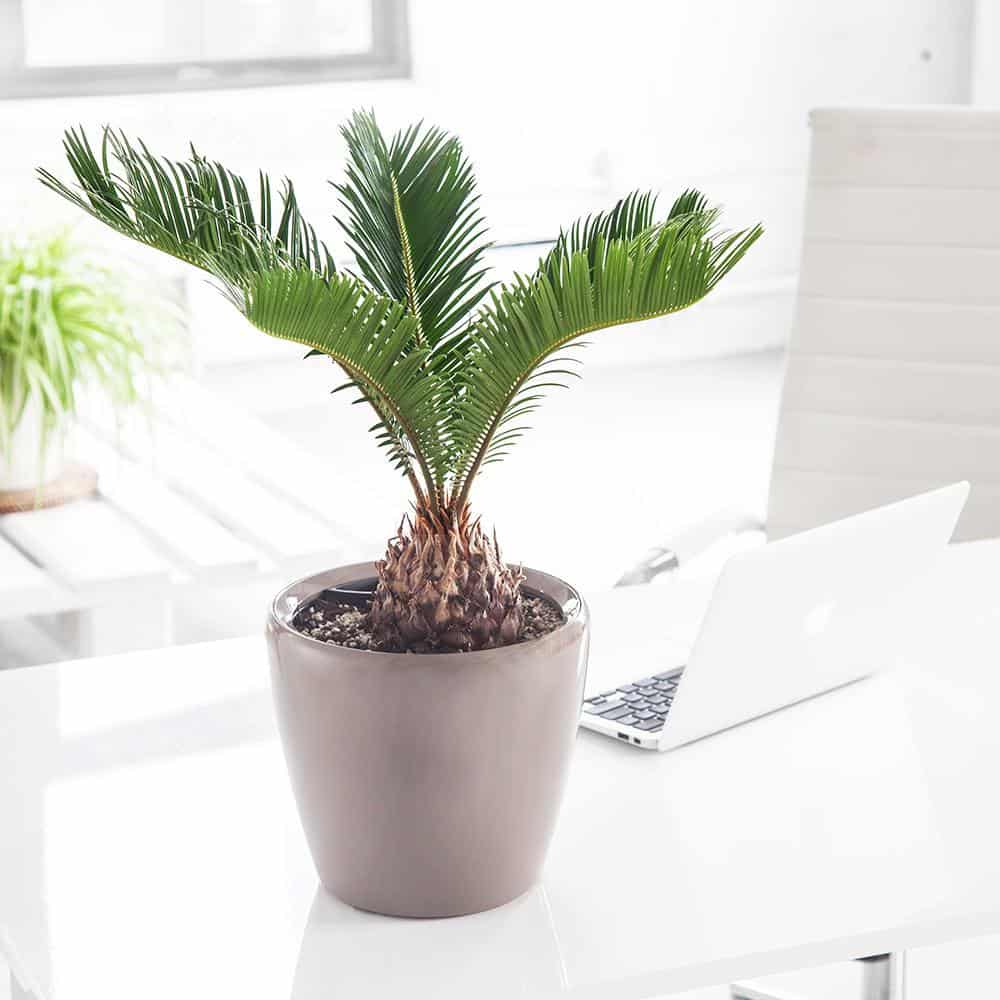
3. Check your houseplants
Thankfully, most toxic plants have to be ingested in large quantities to really cause damage and they often taste awful. Unfortunately, many babies are up for the challenge so you may as well know which ones are problematic. Some of the most common ones are daffodils, dumb cane, Easter lilies, English ivy, oleander, peace lily, philodendrons, pothos, sago palm, and ZZ plant. Here’s a list along with images if you want to check it out.
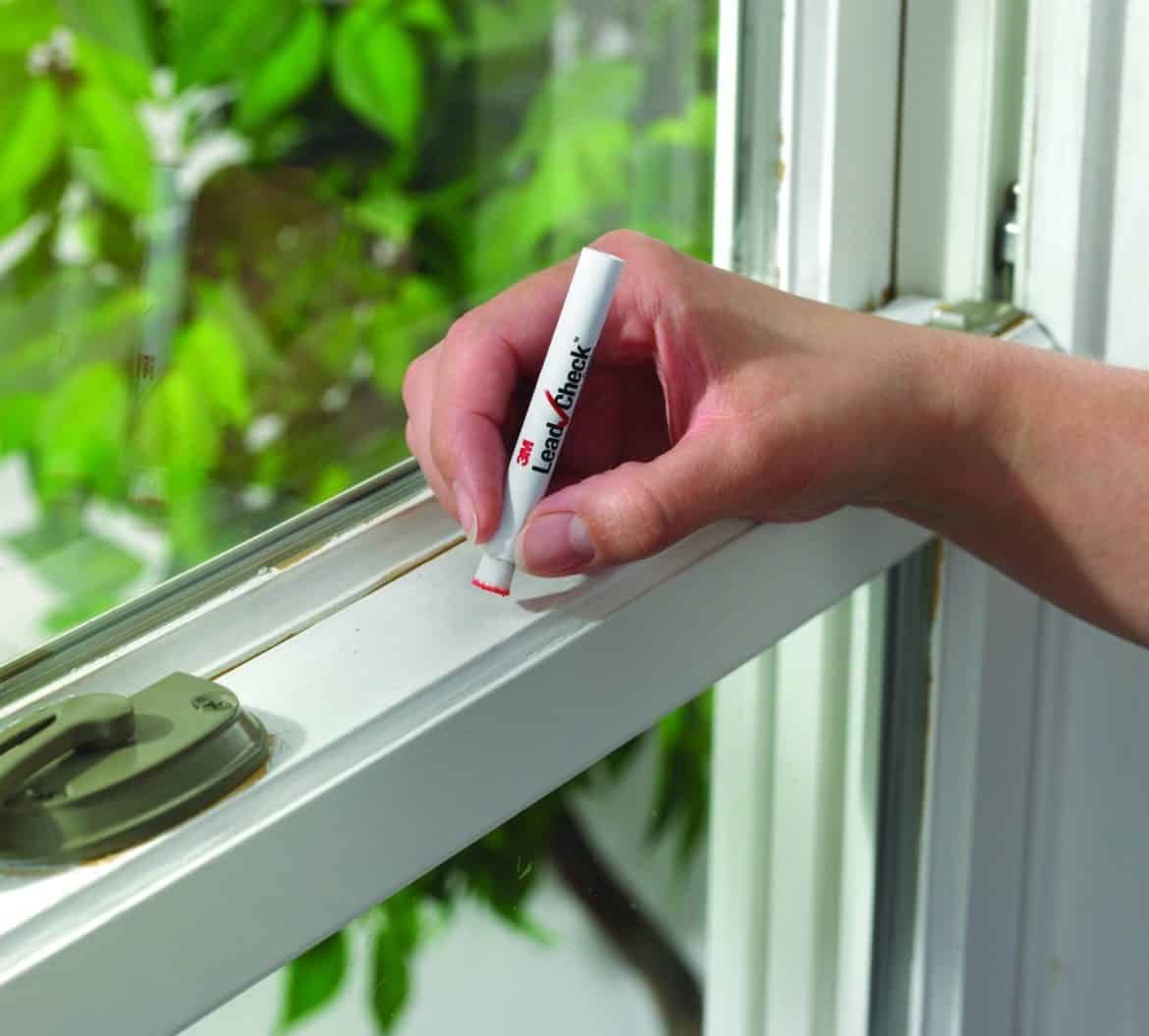
4. Test for Lead paint
If your house was built before the late 1970s, you may want to test for lead in the paint (unless you or your landlord had this done as part of the initial home inspection upon purchase). They make lead testing swabs and here is the EPA’s page with all you could ever need to know on the subject.
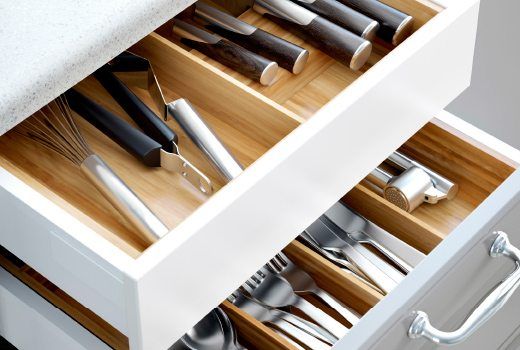
Kitchen
1. Kitchen Drawers and cabinets
Install drawer latches on any drawers containing sharp objects. If possible, put all your knives and sharp things in one spot so only one drawer is a hassle.
Keep trash cans out of reach.
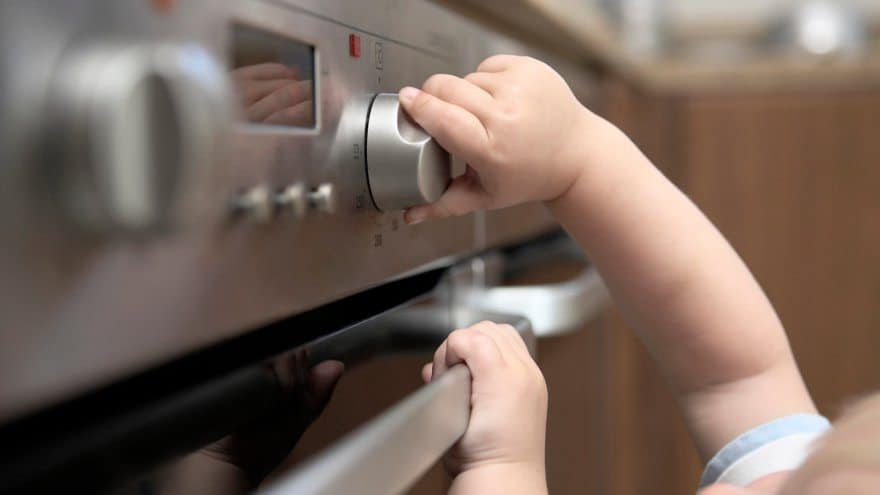
2. Appliances
If your stove has knobs on the front, consider installing covers or removing the knobs. You also may be able to lock electronic controls.
Turn pot/pan handles away from the front of the stove.
Lock refrigerator and freezer doors if they would be easy to climb in.
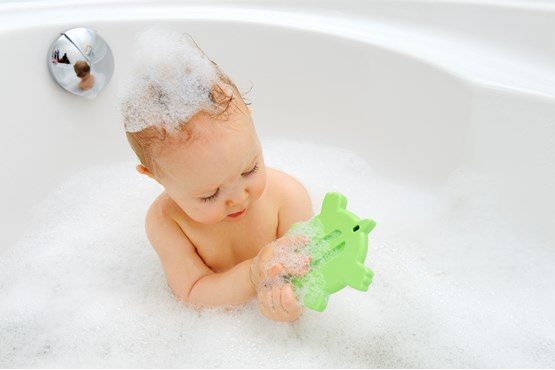
Baby Proofing Bathrooms
Consider a toilet lock or prevent access to the bathroom with a doorknob cover (also so you don’t wet your pants trying to get the toilet lock unlatched). These basic Door Knob Covers get the job done for standard knobs or try these Safety 1st OutSmart Lever Lock if you have lever-style handles.
Never ever (ever) leave a child unattended in the tub. Children drowning in bathtubs account for about two-thirds of reported drowning deaths in the home.
Turn hot water heater down to 120F and use a bath spout cover to cover your faucet to minimize head bonks.
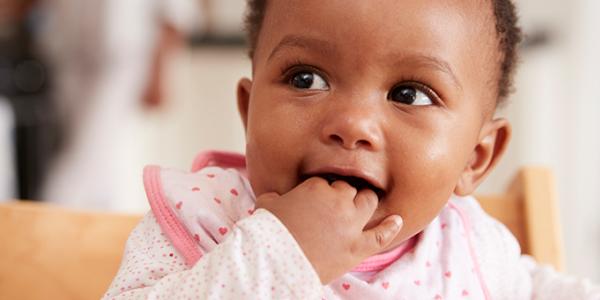
Out of Reach Choking Hazards
Take a moment to read Surprising (and Not so Surprising) Choking Hazards for Babies. It includes a great list along with a CPR video.
- Store plastic bags out of reach
- Keep balloons, batteries, laundry pods, coins, water bottle caps, door stopper caps & small magnets out of reach.
- Restrict access to litter boxes and pet food/water
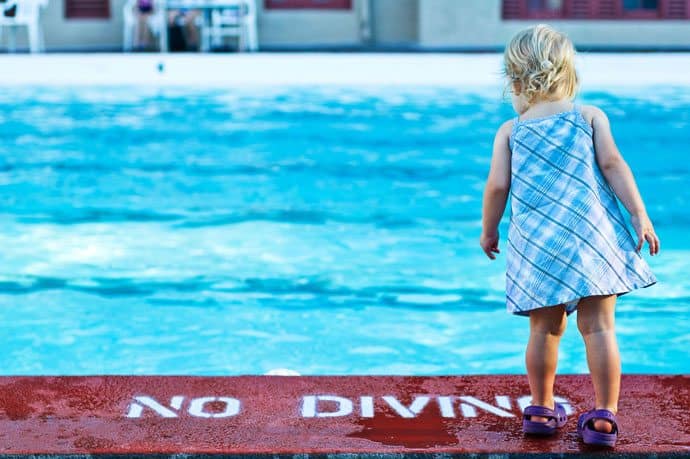
Restricted Access
1. Swimming pools and other drowning risks
Drowning is the number one preventable cause of death for children between the ages of 1-4.
All home pools should be fenced in, with a self-closing and latching gate. Children should never be allowed in the area unsupervised. Even if they know how to swim.
Landscape ponds, spas, and hot tubs should also be secured.
Buckets and kiddie pools should be emptied and turned over when not in use.
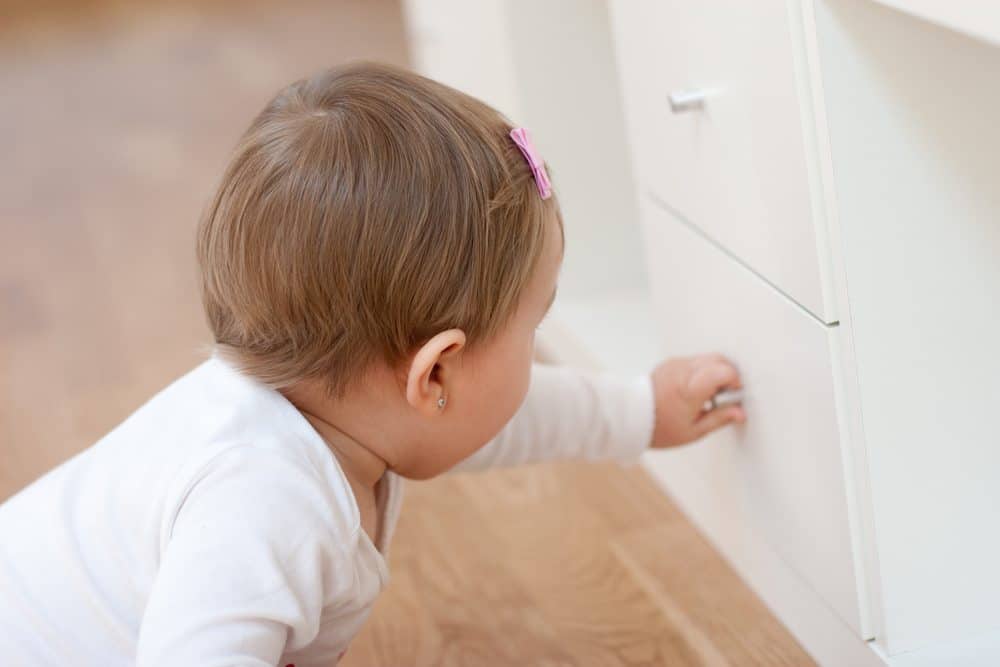
2. Guns
Guns should be stored unloaded in a locked cabinet, with ammunition stored in a completely separate place. Don’t be afraid to ask others about their guns before heading out for a visit. And start the conversation with your kids about gun safety early, before you think you need to.

Baby Proofing When You’re Renting
Rental situations can present additional obstacles to keeping your baby safe, as many landlords forbid screwing anything into the walls.
First up, have a conversation with your landlords. They may be thinking of their last tenants’ giant light up beer sign that pulled down half the ceiling, or people who drill without measuring and then drill again (guilty!). Give them a list of a few things you would like to install for your child’s safety and see if they are reasonable. You can also let them know that you are willing to do the repairs when you move out, if necessary.
- There are not a lot of options for securing tall, heavy objects like dressers and bookshelves that do not involve drilling in the wall. Give your landlords statistics, and show them that it will be just a couple of screw holes per piece of furniture.
- Check your area’s codes and make sure any potential issues aren’t also violations. This could be especially important for things like swimming pools.
If those attempts fail, here are a few other ideas.
- For staircases with banisters on both sides, you can use this Summer Infant Banister to Banister Gate Mounting Kit.
- For cabinets and drawers, look for adhesive options such as these multi-purpose adhesive straps.
- Block off access to entire rooms with baby gates and doorknob covers.
- If you are concerned about pressure-mount gates leaving marks on the wall, you can buy wall cups specifically for that purpose.
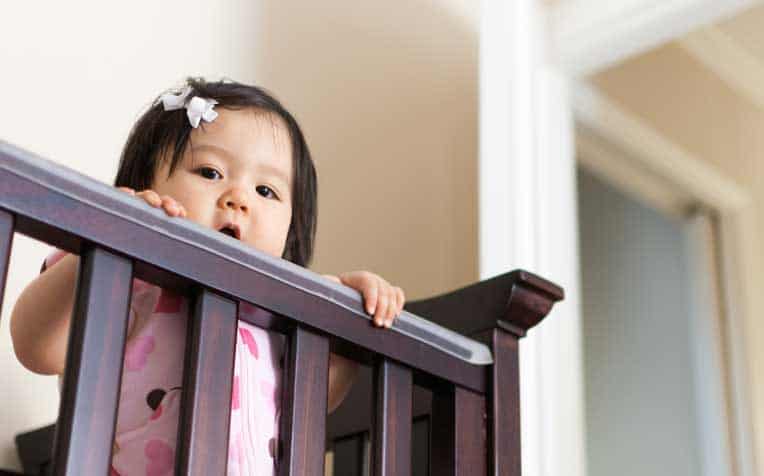
Miscellaneous
- Try to make one room of your house as babyproofed as possible, that way you have a safe space to let your child explore and you can relax.
- This is also a good time to check the batteries in your smoke and carbon monoxide detectors.
- Keep numbers for your pediatrician and poison control posted on your fridge.
In Summary
I know this feels like a really long (and possibly overwhelming list) but a lot of baby proofing is just moving stuff to a safer spot so try not to sweat it. Take a day or two to check it off your to-do list. I promise it’s worth it.
Did I miss any baby proofing that you would include? Let me know in the comments below!

Free Baby Proofing Checklist
I have a full 30-page Baby Prep Kit for sale in the store but here are the Baby Proofing Checklist pages as a sample.
Our next reco: Checklist: Setting Up a Safe Sleep Space


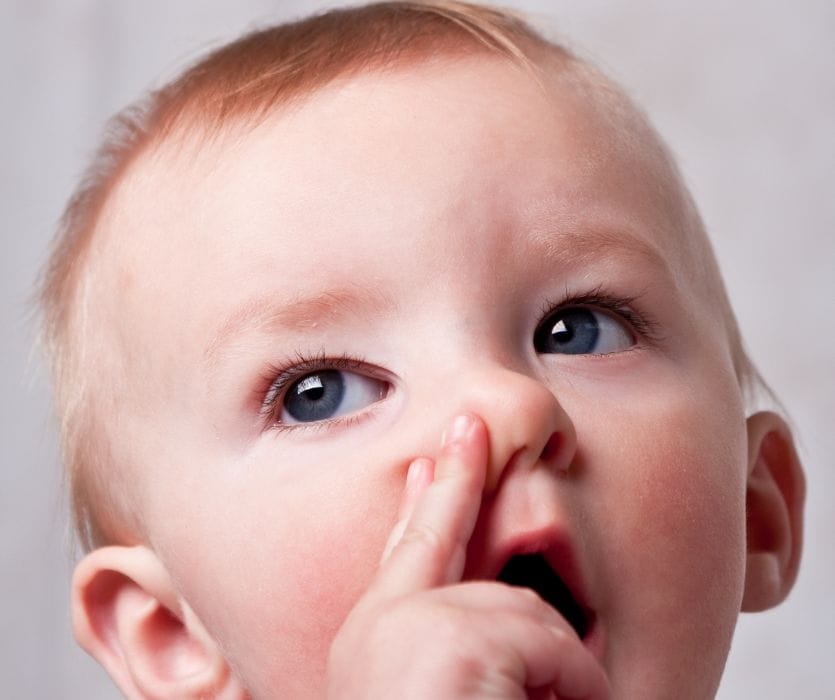
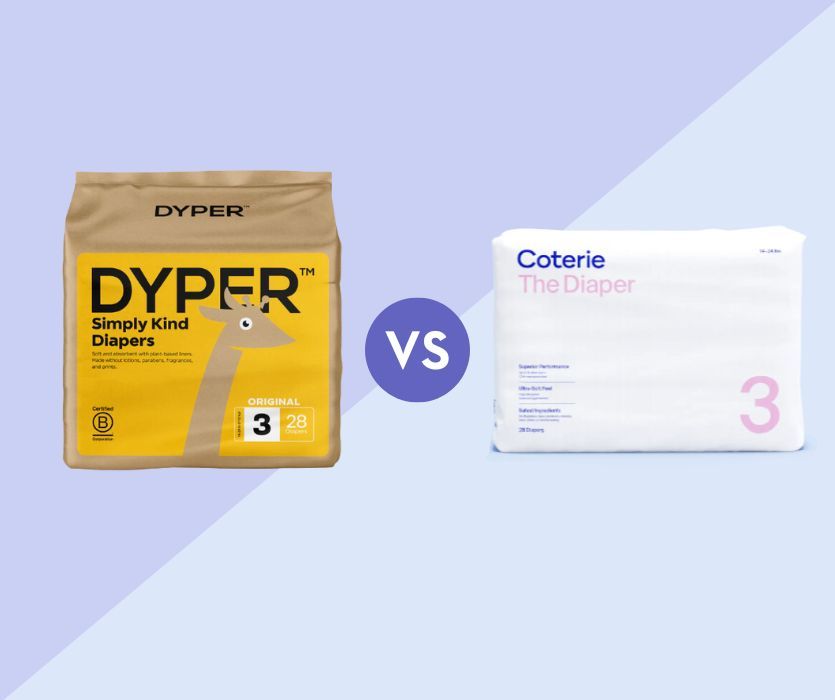
Join the conversation.